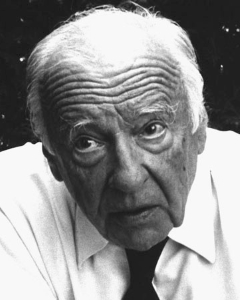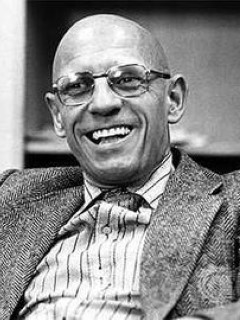
Publication details
Publisher: Springer
Place: Berlin
Year: 2001
Pages: 351-369
Series: Philosophy and medicine
ISBN (Hardback): 9781402002007
Full citation:
, "The phenomenon of care", in: Handbook of phenomenology and medicine, Berlin, Springer, 2001


The phenomenon of care
pp. 351-369
in: Toombs (ed), Handbook of phenomenology and medicine, Berlin, Springer, 2001Abstract
Distinctions between health, illness, and disease have gained increased acknowledgement within medicine (Kleinman, 1988). Health remains an enigma but entails equilibrium within the body, and also within the person's lifeworld so that the person experiences a sense of well-being and wholeness (Gadamer, 1993; Benner and Wrubel, 1989). Doctors are trained to intervene in and/or cure disease, freeing the person to return to his or her usual life. The disciplinary strategies physicians' use for objectifying the causative agents and appropriate interventions are accomplished by what Foucault (1963/1973) has called the clinical gaze. The clinical gaze was ushered in by the introduction of dissection into medical science. The physician uses detached concern (Halpern, 2001) to observe and validate objective signs that can be verified as pathology at the tissue, cellular or organ levels. This is a powerful focusing strategy of de-wodding the disease. The lived body and world are passed over in order to focus on the genomic, biochemical and physiological substrates of the physical-chemical body. Levin (1999) traces the clinical gaze to Descartes' view from the window, and notes that it epitomizes the transformation of the modem subject as "the one who looks" rather than one who is "looked upon":
Cited authors
Publication details
Publisher: Springer
Place: Berlin
Year: 2001
Pages: 351-369
Series: Philosophy and medicine
ISBN (Hardback): 9781402002007
Full citation:
, "The phenomenon of care", in: Handbook of phenomenology and medicine, Berlin, Springer, 2001



